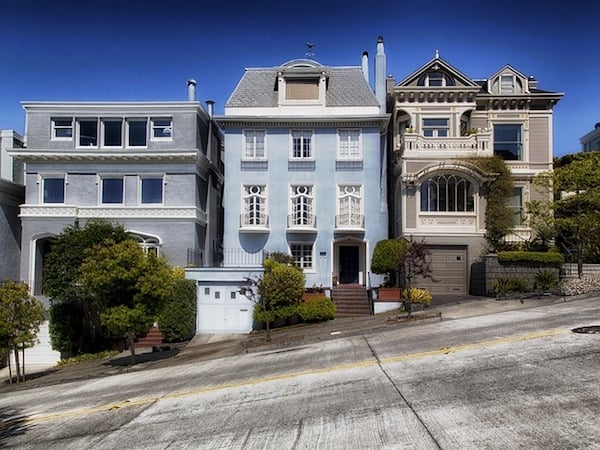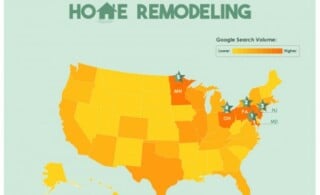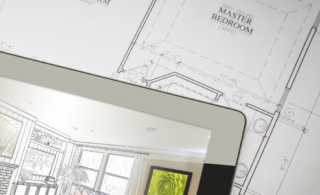
Although the social and economic effects of gentrification are just now being studied in-depth, the phenomenon itself has been around for a while. The educated and relatively affluent Baby Boomers had started San Francisco gentrification in the 70s and 80s, and the dot-com boom of the 90s finished the job off. Indeed, the entire evolution of urban areas can be seen as one long gentrification process.
A strong case can be made that what is commonly considered the dawn of gentrification of America actually the represents the end of modern gentrification in San Francisco. The Mission District, the poster child for gentrification, had resisted the process for so long that the controversy almost feels like a protest against the totality of gentrification. In other words, there was nowhere left for the not-so-well-off to go. San Francisco was and is, arguably, the first fully gentrified U.S. city.
San Francisco Gentrification: Recent Demographics
One fairly effective and rarely utilized barometer for gentrification is the percentage of remodeling projects within a metropolitan area related to population numbers. In 2007, the city of San Francisco had an estimated population of 764,976, while the metropolitan division—the greater San Francisco area that doesn’t include areas tied to Oakland or San Jose—had an estimated population of 1,720,056. Thus, approximately 44.5% of the San Francisco population lives within the city limits. Using the same geographical boundaries, HomeAdvisor—leading online resource connecting homeowners and home improvement contractors—has tracked remodeling projects for San Francisco in 2008.
- San Francisco Kitchen Remodeling: Kitchen remodels throughout urban and suburban areas in San Francisco are exactly where you would expect. At 44.5%, the number of urban kitchen remodels mirrors the percentage of the population with the city limits.
- San Francisco Bathroom Remodeling: Bathroom remodels actually show a small downtick in urban remodeling projects at 42.4%, likely due to the greater number of bathrooms per home in suburban areas.
- Multi-Room Renovation in San Francisco: The premium on space in San Francisco—one of the densest cities in the country—mean urban dwellers almost always cherish luxurious residential spaces. Outdated furnishings tend to get upgraded more often than they do in suburban homes, bumping the urban percentage to 48.3%.
- San Francisco Home Additions: In contrast to major renovations, the density dampens the ability of urban residents to complete home additions. There’s precious little space left in the city, generating only 31.2% of the projects across the San Francisco area.
Ready to start your urban remodel?
Find ProsSan Francisco Home Remodeling Costs
As expected, San Francisco home remodeling is more expensive, on average, than nationwide home remodeling projects. Despite limited samples, the numbers still tell a remarkable story. Over the past year, we processed 26 bathroom remodeling projects in the San Francisco area. Their average cost was $19,545 or more than twice the national average of $9,712. San Francisco kitchen remodeling was more reasonable at just 9% more expensive than the national average ($20,680). We even saw one home addition that cost $150,000 or nearly as much as the current U.S. home median price.
San Francisco: World-Class Public Transit
Of course, Bay Area residents may be willing to pay more for their home remodeling projects, as they save money on their transportation costs. San Francisco consistently ranks near the top in surveys such as “Best Walking City,” “Easiest City to Leave Your Car at Home,” “Best Public Transportation,” “Greenest Public Transit.” In fact, one might aptly ask, “Which came first: the gentrification or the transit?” No matter, as this world-class transit continues to interconnect the greater Bay Area, it will be interesting to see how it continues to impact demographics. Will more people feel emboldened to give up their cars and move into the city? Or, will more people feel comfortable moving into the suburbs without feeling disconnected to the city?
Conclusions about San Francisco Gentrification
Accepting the reasonable premise that San Francisco gentrification is virtually complete, it’s easy to understand why the urban remodeling trends have equalized over the past few years. Numbers in Atlanta, Chicago, Seattle, and DC all show substantially elevated remodeling activity within city limits. Yet, in San Francisco, there are no neighborhoods left to spike urban remodeling numbers.
Although there may no longer be entire neighborhoods left to gentrify in San Francisco, urban remodeling, in general, is far from dead. After all, these numbers indicate a largely homogenized level of remodeling projects throughout the San Francisco area. In cities that are still experiencing some level of white flight or general urban decay, suburban remodeling continues to outpace its urban counterparts. Most likely, what we’re seeing is affluent households taking on remodeling projects on a more gradual, as-needed basis, rather than “overnight” transformations of entire neighborhoods.
 2015 True Cost Report & Homeowner Insights
2015 True Cost Report & Homeowner Insights  Top States for Home Improvement
Top States for Home Improvement  HomeAdvisor: July Kicks Off Busy Season for Bathroom Projects
HomeAdvisor: July Kicks Off Busy Season for Bathroom Projects  “Heard in the Halls” at KBIS
“Heard in the Halls” at KBIS  Heard at NAREE: Ugly Homes Transformed…for Profit
Heard at NAREE: Ugly Homes Transformed…for Profit 

Are You Familiar With This Topic? Share Your Experience.